There is no silver bullet, no secret process, no single way of doing intrapreneurship.
What works for one person in one context and corporate culture might not work for you.
That’s why us intrapreneurs thrive when we’re surrounded by diversity. Diversity of perspectives and experiences. Of challenges and solutions. Of outcomes and next steps. Diversity in stories, personalities and mindsets.
And that’s why we’re bringing a diverse group of 25+ innovators to the stage at Innov8rs Los Angeles to share what is working, and what isn’t, at their organizations. No matter what challenges you’re facing, you’ll walk away with ideas, perspectives, and tactics - ingredients for you to use in your innovation recipe.
As a teaser, we asked Heath Brown (CommBank Innovation Labs), David Vanhimbergen (Tide Spin), Markus Larsson (PARC), Kyle Nicholas McCray (American Pacific Mortgage), Thaniya Keereepart (TED), and Paul Campbell (Gore Innovation Center) to share a little about their unique approach to innovation, and what they’ve learned along the way.
Your approach to innovation: what’s working?
Heath Brown, CommBank Innovation Labs: Focus on the Quad
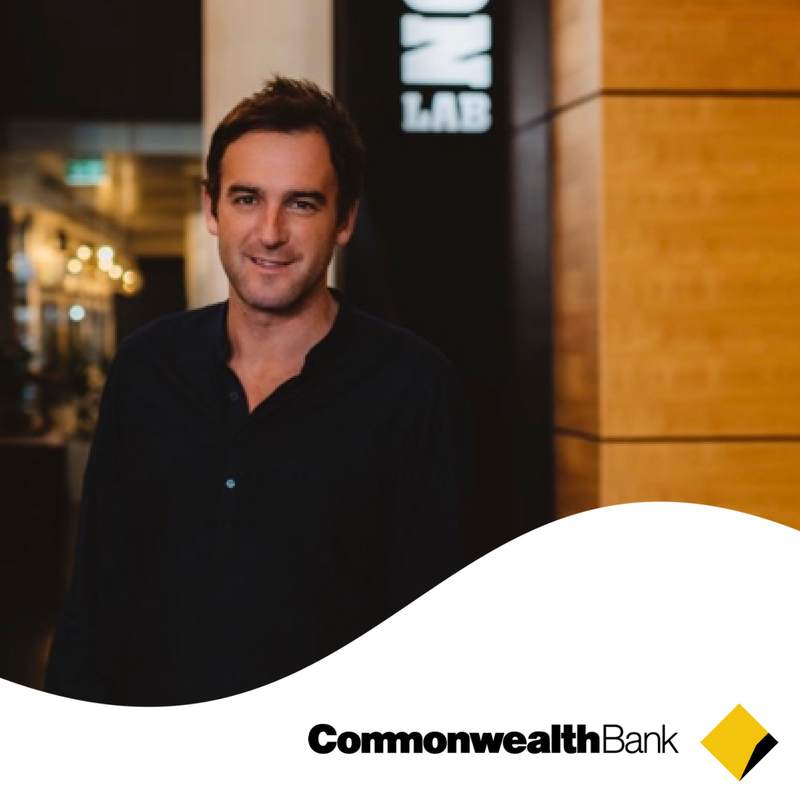 We talk about the quad – four different ways to get innovation done for ourselves, for our customer and for the community.
We talk about the quad – four different ways to get innovation done for ourselves, for our customer and for the community.
The first is bottom up innovation, sourcing it from your own workforce as home grown innovation from the masses. The second is top down innovation, sourcing it from centralised centres of expertise as you run experiments and projects in targeted disciplines of R&D or market disruption. The third is outside-in innovation, opening up your big challenges and opportunities to the outside world to help you solve. And the last is what I think is the most important – inside-out innovation, delivering innovation to other businesses, customers or communities who don’t have the same assets in innovation as big corporate does.
Outside-in innovation has been the toughest for us and we have grappled with a few different solutions to do this better, but we have some big activities on the horizon to explore and exploit this channel more seamlessly in coming months!
David Vanhimbergen, Tide Spin: Get Outside
We made an intentional choice to separate ourselves from the core business. First, we located the team in Chicago, which is the market we were serving - and it's 300 miles away from headquarters. This allowed us to keep our focus externally on the market + customer versus getting distracted by excessive internal reviews, organization-wide meetings, etc. Being in Chicago also empowered our team to operate with the appropriate level of autonomy. We didn’t need to run every decision back through leadership for alignment.
After all, being 300 miles away…how would they know what we are doing, right?
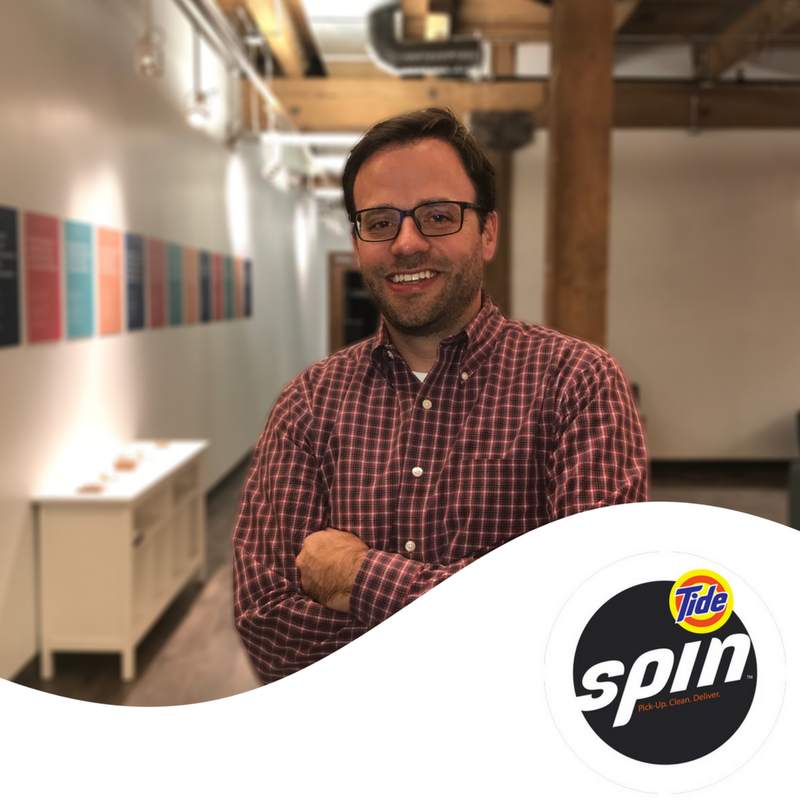 We also hired the co-founding team from outside the company. What they brought were the specialized skills we needed to validate the business model. What they didn’t bring was baggage around knowing only how to operate within P&G processes and frameworks. Not to dismiss the value of P&G’s processes, but they were designed to steer planning and decision-making on large, complex, multi-million dollar projects where you’re trying to ship millions of bottles of detergent to all retail shelves across the country on the exact same day. We weren’t dealing with that same level of complexity so there was no need to hold ourselves to that same standard.
We also hired the co-founding team from outside the company. What they brought were the specialized skills we needed to validate the business model. What they didn’t bring was baggage around knowing only how to operate within P&G processes and frameworks. Not to dismiss the value of P&G’s processes, but they were designed to steer planning and decision-making on large, complex, multi-million dollar projects where you’re trying to ship millions of bottles of detergent to all retail shelves across the country on the exact same day. We weren’t dealing with that same level of complexity so there was no need to hold ourselves to that same standard.
How is your approach to innovation different than most of your peers/other companies?
Heath Brown, CommBank Innovation Labs: Play a Wider game
Many of our competitors and other big brands in Australia have explored one aspect of the quad - one of these four ways or ‘channels’ to innovate - and looked to gain competitive advantage as fast as they can by focussing on one model primarily. We have played the longer and wider game – exploring all four of these channels as we search for sustainable impact ahead of short-term competitive advantage. To date, we have significantly differentiated the way we do bottom up, top down and inside-out innovation, often leading the market and having competitors fast follow.
David Vanhimbergen, Tide Spin: Embrace Risk
We embedded ourselves into the Chicago startup culture by applying for membership to 1871 – one of the country’s largest tech incubators. This was key factor in our success for several reasons. First, it gave us access to basic resources (without commitment) like desk space, Wi-Fi, printing, conference rooms, etc. The leaders at 1871 also do an exceptional job of bringing local companies and VC`s in to mentor and teach startups through free programming & workshops. But most importantly, working side-by-side with other startups allowed our team to check ourselves daily and ensure that we were operating with the same speed and agility that other startups were working at. Having a peer group to bounce ideas off of and share challenges with not only gives you confidence that you’re on the right path, but it’s also very therapeutic when you’re cycling through the inevitable periods of doubt and frustration.
I’ve talked to several innovation leaders at other Fortune 100 companies and they are often surprised that P&G let our team work out of an open, collaborative space like 1871. Often leaders are overly fearful that working in such a space carries too much risk - leaking confidential projects or information.
My experience suggests that the benefits gained from working alongside other entrepreneurs far outweighs any risks.
Markus Larsson, PARC: Diverse Teams
 Our approach to innovation can be summarized in the following sentence: small teams with big dreams. We have carefully nurtured and maintained a culture that embraces multi-disciplinary team formation, creativity, deep technical competency and scientific inquiry. For each new opportunity we face together with clients or partners, whether that’s a Fortune 500 innovation group, a small startup or a government agency tasked with advancing applied sciences, we dynamically form teams with deep skills in computer, physical, behavioral and design sciences and go to work. Few others can demonstrate the breadth AND depth while maintaining a culture that embraces this way of working.
Our approach to innovation can be summarized in the following sentence: small teams with big dreams. We have carefully nurtured and maintained a culture that embraces multi-disciplinary team formation, creativity, deep technical competency and scientific inquiry. For each new opportunity we face together with clients or partners, whether that’s a Fortune 500 innovation group, a small startup or a government agency tasked with advancing applied sciences, we dynamically form teams with deep skills in computer, physical, behavioral and design sciences and go to work. Few others can demonstrate the breadth AND depth while maintaining a culture that embraces this way of working.
This means that we can realize opportunities with great diversity in both scope and application, where the common denominator is that they have been too challenging for others that may have tried. Combine this with our delivery of real, functioning prototypes to boot, and you have a powerful combination that truly sets PARC apart.
Kyle Nicholas McCray, American Pacific Mortgage: Human Dynamics
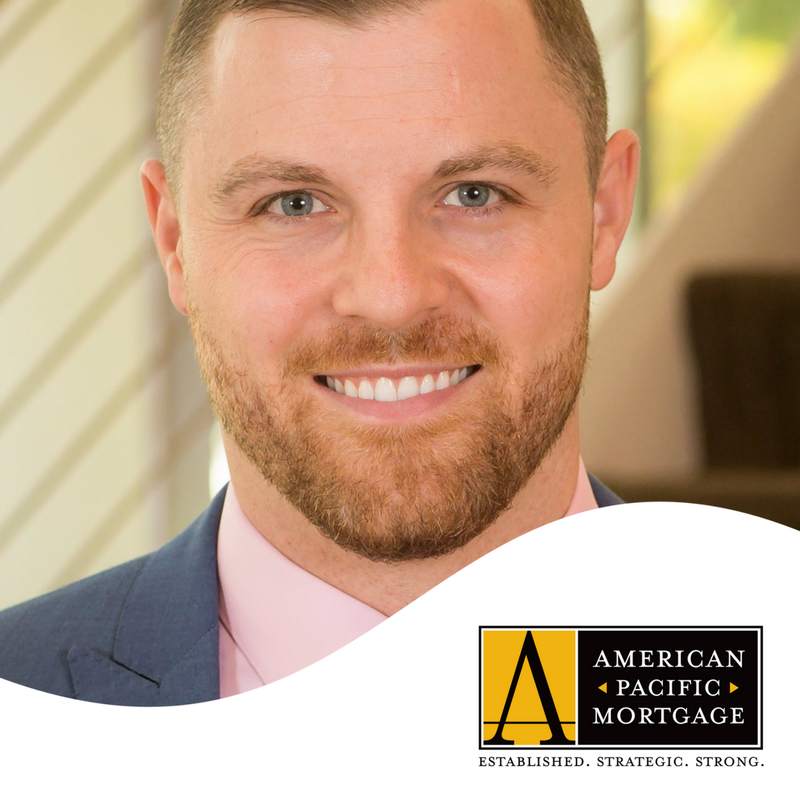 My innovation approach is centered on Market Force and the concept of “unlimiting” innovation by acknowledging that true innovation is powered by human dynamics - people innovate in different ways, and each of those methods adds value to the process. You need a corporate culture that allows its people to envision the future, socialize the ideas, get to work and analyze what works as the process for best execution. Elements of this philosophy can be found in many corporate innovation environments, but it takes a lot of commitment to promote change in a legacy industry like mortgage banking, for example.
My innovation approach is centered on Market Force and the concept of “unlimiting” innovation by acknowledging that true innovation is powered by human dynamics - people innovate in different ways, and each of those methods adds value to the process. You need a corporate culture that allows its people to envision the future, socialize the ideas, get to work and analyze what works as the process for best execution. Elements of this philosophy can be found in many corporate innovation environments, but it takes a lot of commitment to promote change in a legacy industry like mortgage banking, for example.
Looking back 1-2 years, what’s your biggest lesson learned?
Thaniya Keereepart, TED: Build Empathy
When we're working within our own world, the way we create value to society is driven by what we think the world needs from us. Even though we collect data, get field operations reports, analyze them, etc., rarely do we truly put ourselves in the shoes of our colleagues, or our customers.
"A-ha" moments come when we "experience" other perspectives.
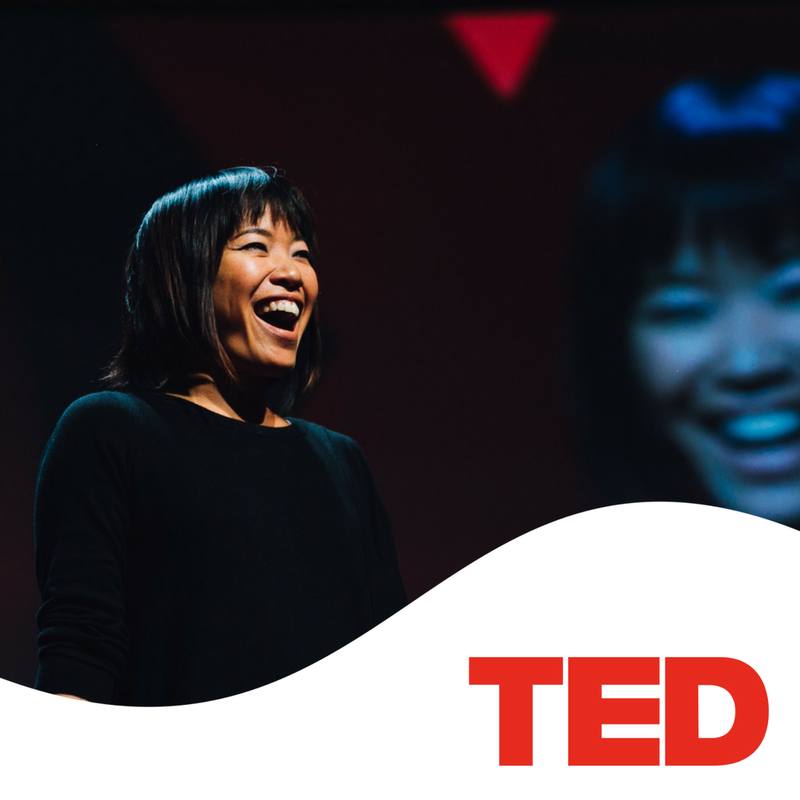 Those moments build empathy. Empathy helps us decide which innovation is worth doing.
Those moments build empathy. Empathy helps us decide which innovation is worth doing.
Kyle Nicholas McCray, American Pacific Mortgage: Fight For Time
Pressure to perform in the short-term will always factor into making strategic investments. However, innovation projects require a great deal of reflection and course correction because you need time to measure and analyze results, which requires a longer view. One of my favorite quotes is from Richard Holbrooke, who said, "you can't let the deadline define the mission. The mission has to define the duration."
Innovation leaders must fight for the time and resources necessary to be successful.
And it is up to the decision makers of companies who wish to be innovative to allow for this flexibility.
Paul Campbell, Gore Innovation Center: Deconstruct the Old
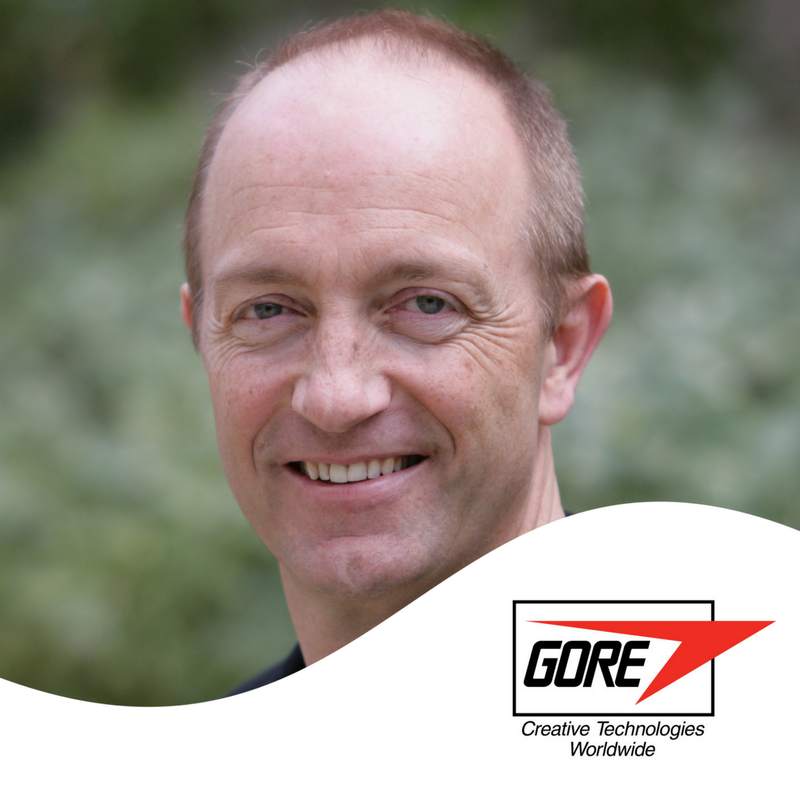 Most corporations don't go 'far enough' in their pursuit of new business opportunities. For the past year, I've watched the Salesforce tower being built. It's a marvelous example of bold thinking: building a 1070 foot (325 m) tall building in the heart of earthquake territory? Crazy!
Most corporations don't go 'far enough' in their pursuit of new business opportunities. For the past year, I've watched the Salesforce tower being built. It's a marvelous example of bold thinking: building a 1070 foot (325 m) tall building in the heart of earthquake territory? Crazy!
So what does it take to accomplish such a grand vision, and how does this help corporate innovators think about their role as leaders of innovation? The obvious answers are: visionary leader, great strategy, and great team. But as intrapreneurs, we know this is not enough.
If we translate this to the role of intrapreneurs, we must first 'deconstruct' the existing organizational infrastructure, which has been built to support core businesses, to make way for the new business we wish to pursue - to build a new, solid foundation that will support a skyscraper that will withstand earthquakes.
What does 'deconstruct' mean? It means that we modify the policies of supply chain, legal, procurement, IP, GTM, brand, etc to fit the new business opportunity. I've learned in the past few years that most companies are reluctant to change the policies and practices that have made the company successful. It requires real leadership to convince support functions to modify their policies to pursue new businesses that are significantly different from core businesses.
As innovation leaders, we want to help our companies to be bold in the pursuit of new businesses and 'deconstruct' the practices that prevent the successful pursuit of new businesses.

